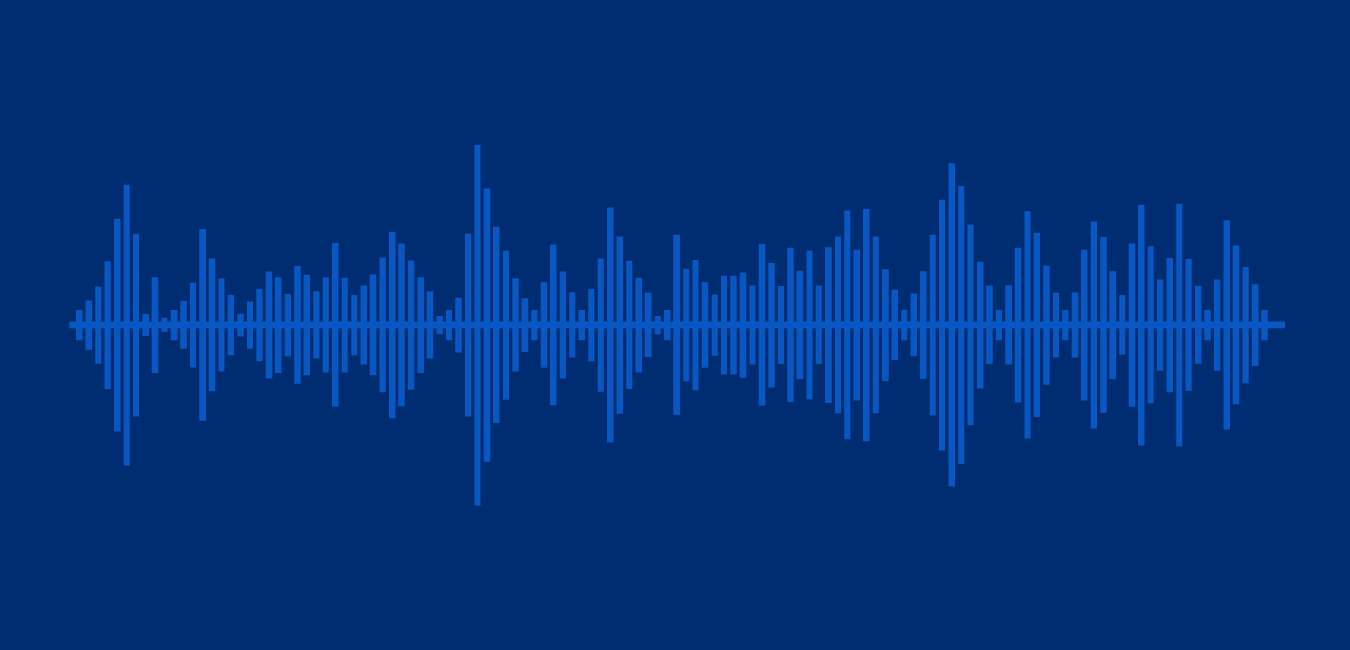A full-fledged amateur radio hobby requires qualifications. The qualification examinations are supervised and the qualification certificates are issued by the Finnish Communications Regulatory Authority Traficom. The qualification exams in Finland consist of three modules:
- K-module containing the types of radio communications and official rules regarding amateur radio activities and traffic.
- T1 module with the basics of electrical and radio technologies.
- T2 module is more advanced on electrical and radio technologies.
There are two different amateur radio qualifications in Finland: Basic Class and General Class.
The qualification requirement for obtaining a Basic Class Licence is the successfully passed modules K and T1. The qualification requirement for obtaining a General Class Licence is the successfully passed modules K and T2.
You can complete all three modules at once or separately. Module credits are for lifetime, which means they never expire.
To get started in amateur radio and to get the proper licence, you need to study and learn the necessary things.
You can study at courses in local amateur radio clubs, on your own, at the SRAL summer camp school, or under the guidance of a familiar radio amateur. Courses usually start in the autumn, but more detailed information can be obtained from the clubs. You can also follow SRAL’s events calendar for upcoming courses.
Even if you don’t start a course at a nearby club, you can still get study help and answers to questions from any club.
Although a radio amateur must pass a qualifying exam, anyone can make contacts from an amateur radio station under the supervision of a radio amateur. So it’s worth going to a club or a ham radio friend to try it out.
You can practice exams with ARX system by creating personal login details. You will also need these for the actual exam.
How do I book a qualification exam?
Once you wish to participate in the qualification exam you can contact an examinator and arrange when and where the exam is held. You can find your nearest examinator and their contact details here.
Ham radio is not just about Morse code.
It is widely believed that Morse code is the mainstream of amateur radio. This is no longer the case today. Knowledge of Morse code was excluded from the requirements many years ago both in Finland and elsewhere in the world. Morse code is still in active use and has a lot of fans, but it is no longer among the qualifications for radio amateurs. Morse code (CW modulation, as an electromagnetic wave) is very effective in radio interference environments. If the voice cannot be heard legibly, the message is sent using Morse code. CW is actually the first “digital” method of transmitting information. Morse code uses dots and dashes. Just like in programming, there are bits with values “1” or “0”.

